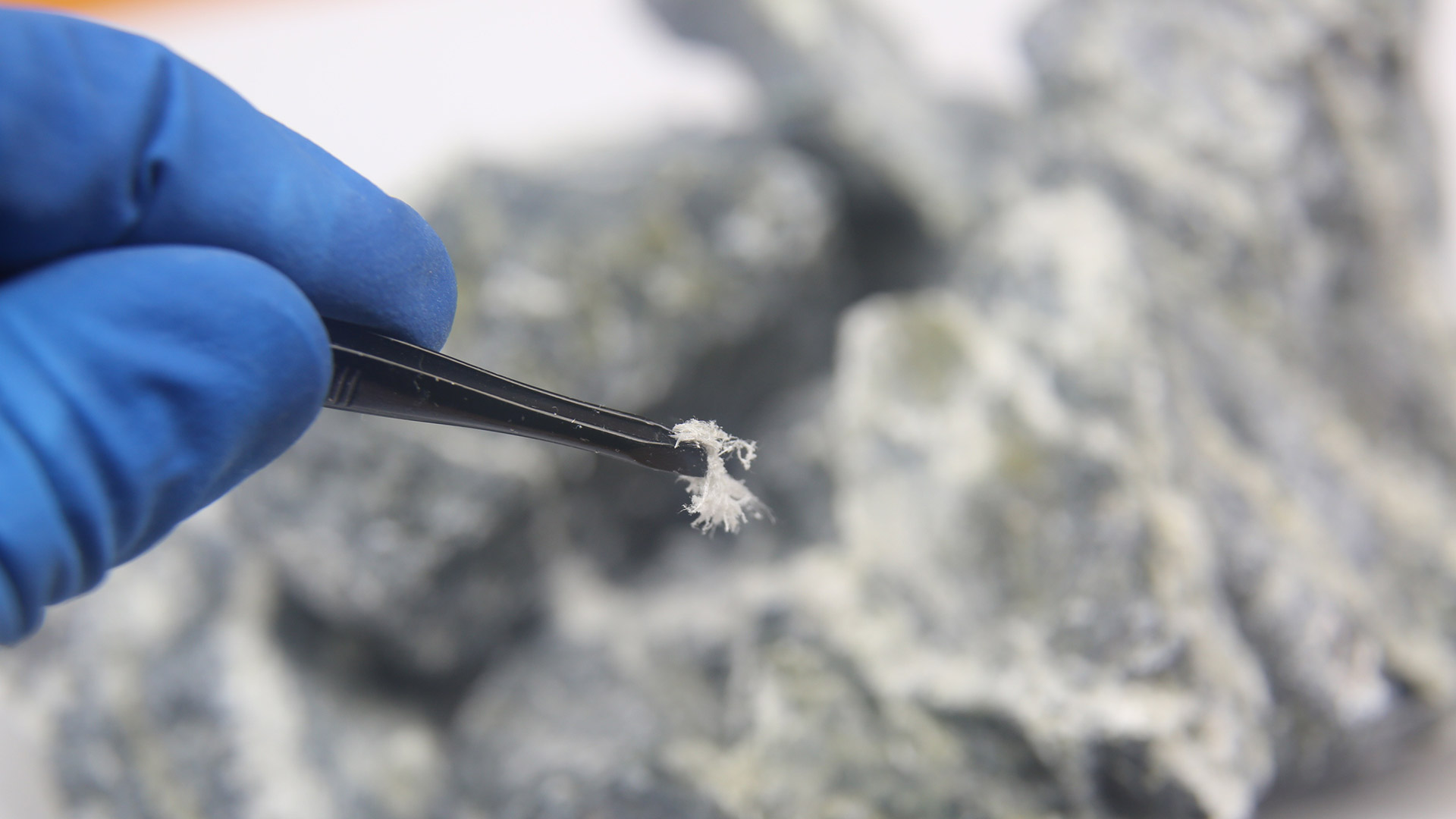HSE inspectors will be visiting woodworking businesses across Great Britain to ensure duty-holders know the risks associated with woodworking and have effective controls in place to keep workers safe and protect their respiratory health.
Every year in the UK, around 12,000 people die from lung diseases linked to past exposure to hazardous substances at work. This includes inhalation of wood dust that can cause occupational asthma and, in the case of hardwoods, sinonasal cancer.
From April 2022, HSE inspectors will be visiting woodworking businesses across Great Britain to ensure duty-holders know the risks associated with woodworking, including wood dust, and have effective controls in place to keep workers safe and protect their respiratory health. Inspectors will be looking for evidence that employers have considered the control measures required to reduce workers’ exposure to wood dusts; workers understand that exposure to wood dusts can damage their long-term respiratory health; and that effective control measures are in place to protect workers from harm. Inspectors will use enforcement when necessary to make sure workers are protected.
Every year, thousands of workers are made ill by hazardous substances, leading to diseases and conditions including asthma, dermatitis and cancer. There are a wide range of products and substances used in the workplace that might not seem harmful to health. Dusty or fume-laden air can cause lung diseases in welders, quarry workers and woodworkers, and metalworking fluids can cause dermatitis and asthma.
Employers have a legal duty to ensure they comply with the Control of Substances Hazardous to Health Regulations 2002 (COSHH), as amended, to control exposure to wood dusts and protect workers' health. The HSE advises that reducing exposure to an adequate level always involves a mixture of equipment and ways of working:
- Choose the most effective and reliable measures for controlling exposure.
- Ensure control measures are used properly by workers.
- Ensure they continue protecting people by maintaining your control measures.
- Regularly check and review all elements of your control measures are protecting workers.
In practice, this means you should work out how you will:
- Reduce the amount of dust generated by:
-
- better planning and preparation to reduce the need to process wood;
-
- buying in wood that is pre-cut; or
-
- using sharper blades and tooling - blunt tools release more dust into the air.
-
- Remove dust from your workplace by:
-
- Providing dust extraction (also known as Local Exhaust Ventilation or LEV) at fixed woodworking machines to capture and remove dust before it can spread;
-
- Ensuring extraction systems are correctly designed and installed for good control of wood dust – follow the guidance in G406 and INDG408 - and seek competent advice if necessary; and
-
- Using on-tool extraction with powered handheld tools that generate dust, e.g. sanders.
-
- Make sure people are responsible for carrying out regular checks and maintenance:
-
- Ensure dust extraction systems remain effective through daily, weekly, and monthly checks - follow manufacturer’s instructions as appropriate;
-
- Repair and replace anything in your extraction system that is damaged or worn out; and
-
- Do not allow wood dust to accumulate on surfaces - implement a high standard of regular cleaning and housekeeping.
-
- For many woodworking tasks, dust extraction alone is insufficient to control the risk – suitable Respiratory Protective Equipment (RPE) should also be worn, and you should have an effective management programme that ensures:
-
- adequate and suitable RPE is selected for workers;
-
- RPE is used correctly; and
-
- any reusable RPE is appropriately cleaned, stored, and kept in effective working order.
-
- Ensure your workers understand:
-
- the hazards of wood dust, how they can be exposed to it and the importance of control measures (such as dust extraction, RPE and housekeeping);
-
- safe work procedures, including how to safely check and maintain equipment;
-
- what they need to do to keep their skin clean by washing with warm water, mild skin cleansers and using soft paper or fabric towels for drying, provided by you; and
-
- how to report any faults, concerns, or early signs of ill health.
-
- Carry out health surveillance for all workers exposed to wood dust to detect the early signs of asthma and dermatitis (see HSE guidance sheets G402 & G403). Detecting early signs of these diseases may indicate that you are not adequately controlling exposure.
- You will need to take advice from a competent occupational health professional (a doctor or nurse) when setting up a health surveillance programme.
Read HSE’s full guidance here.
You may also be interested in
RELATED CONTENT
RELATED COURSES

Introduction to health and safety gives learners a basic introduction to managing safety in their workplace.

The asbestos course looks at how to manage asbestos in the workplace and recognise the risks.

The Control of Substances Hazardous to Health (COSHH) course helps learners carry out work involving hazardous substances safely.

The Legionella course ensures people understand the risk of legionella and are aware of the requirements of the L8 ACoP.

A survey of nearly 1,700 people across the recycling and waste management sector by the Environmental Services Association (ESA) has suggested the ind...

Friday is the most hazardous day of the week for fleet drivers with the highest number of accidents, speeding events, and incidences of aggressive dri...

The UK government has announced it will not match new EU restrictions on various potentially hazardous chemicals, including the “rubber crumbs” used t...

Global Asbestos Awareness Week 2023, organised by the Asbestos Disease Awareness Organisation, takes place this week (1-7 April), aiming to raise awar...